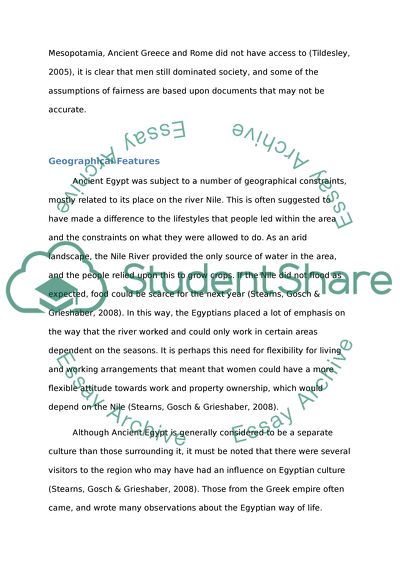Cite this document
(“Women and children in mesopotamia Research Paper”, n.d.)
Retrieved from https://studentshare.org/history/1466373-women-and-children-in-mesopotamia
Retrieved from https://studentshare.org/history/1466373-women-and-children-in-mesopotamia
(Women and Children in Mesopotamia Research Paper)
https://studentshare.org/history/1466373-women-and-children-in-mesopotamia.
https://studentshare.org/history/1466373-women-and-children-in-mesopotamia.
“Women and Children in Mesopotamia Research Paper”, n.d. https://studentshare.org/history/1466373-women-and-children-in-mesopotamia.


